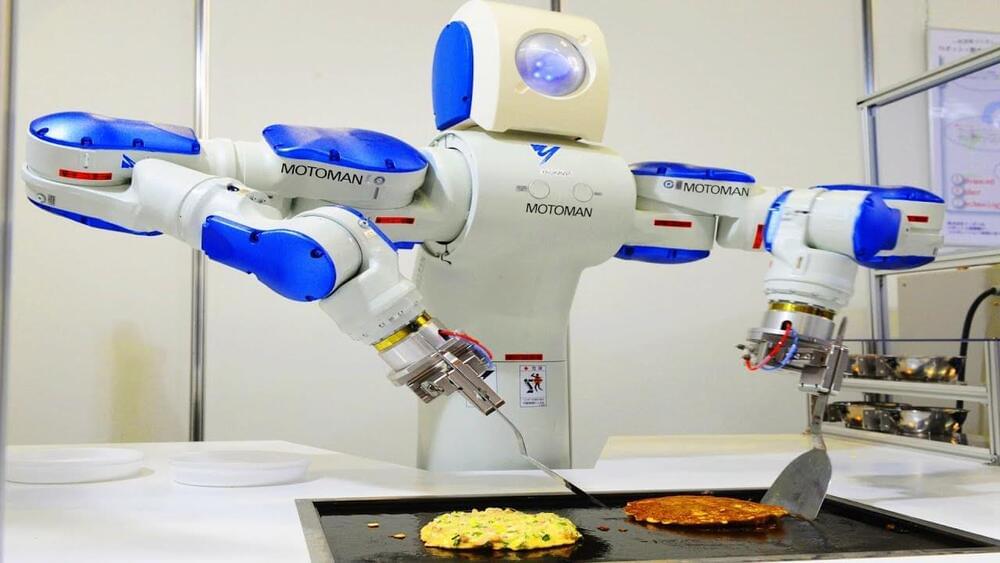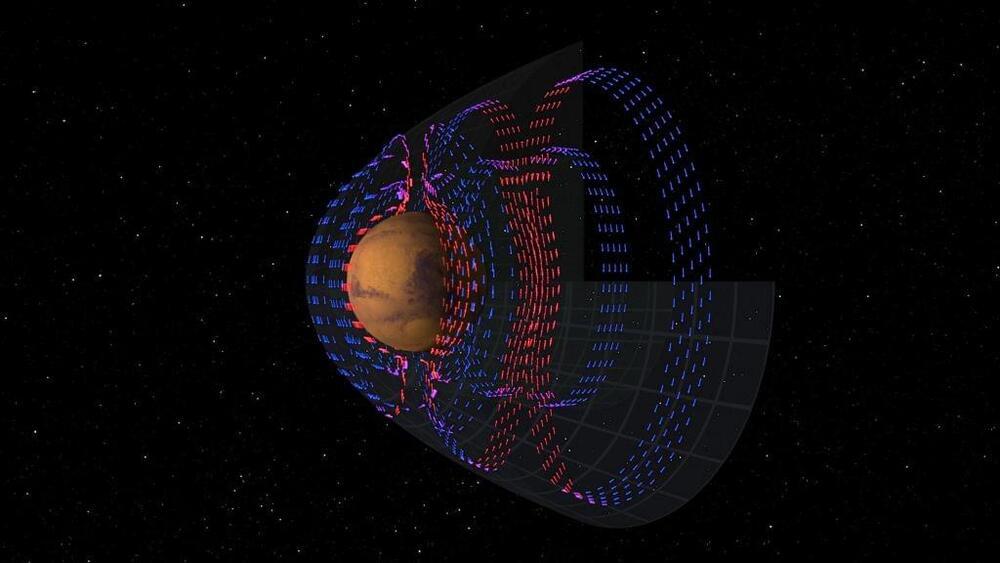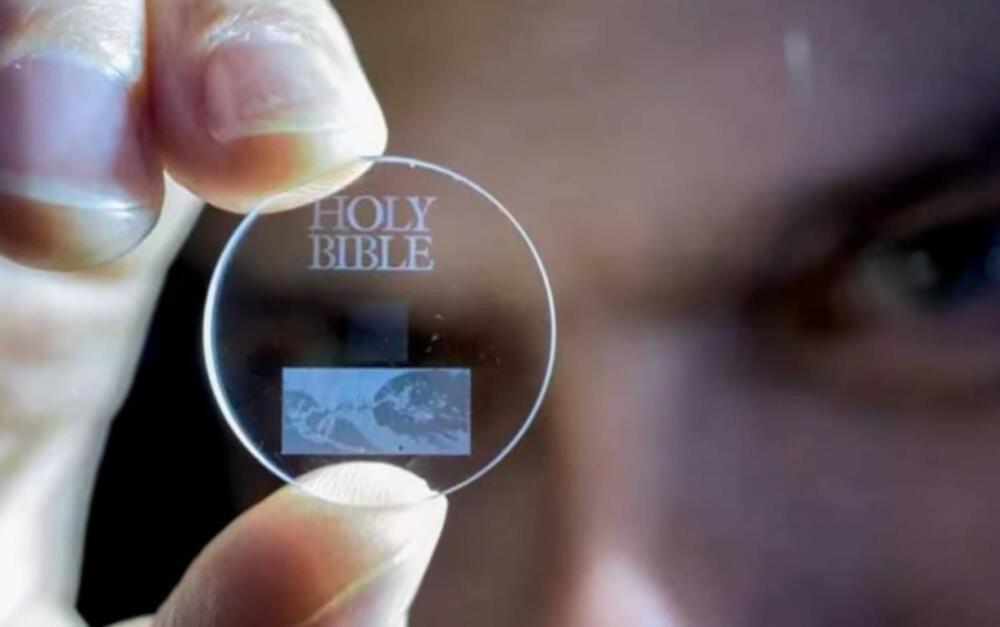Nov 22, 2021
This Robot will Cook Your Food By 2022
Posted by Dan Breeden in categories: food, robotics/AI
Miso Robotics’ Flippy 2 Robot promises to be the first household robot that any person or small buisness could buy to help prepare and make food inside of a kitchen without any big changes having to be made. This looks like it could be the first glimpse into a future in which robots help us inside of our homes.
–
Daily Futurology News: https://futurology.id.
–
TIMESTAMPS:
00:00 Finally a real Robot Assistant.
01:34 Their new & improved Robot (Flippy 2)
03:52 Are Household Robots the future?
06:59 When can we expect our own Robots?
09:06 Last Words.
–
#robotics #future #ai


















